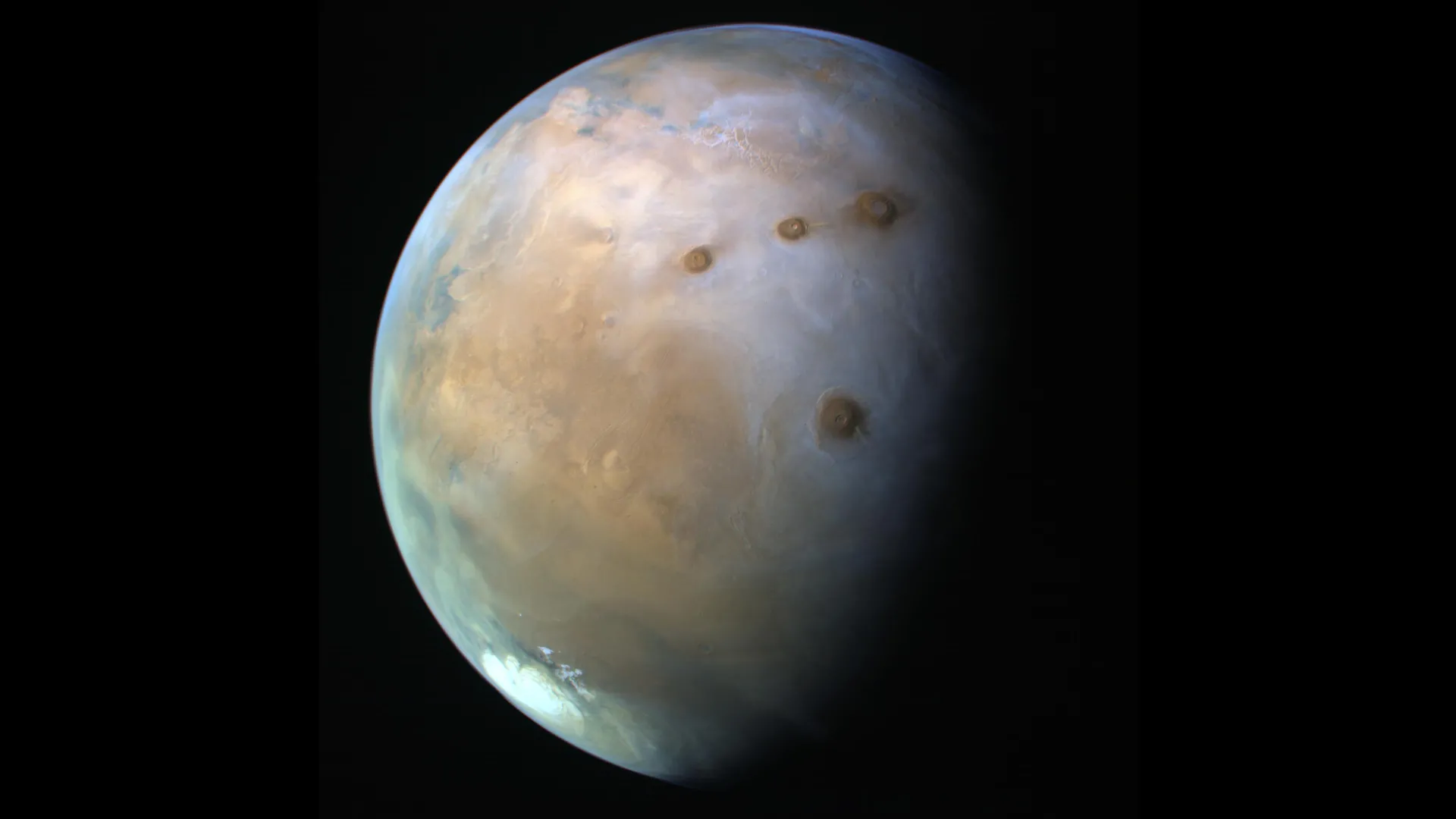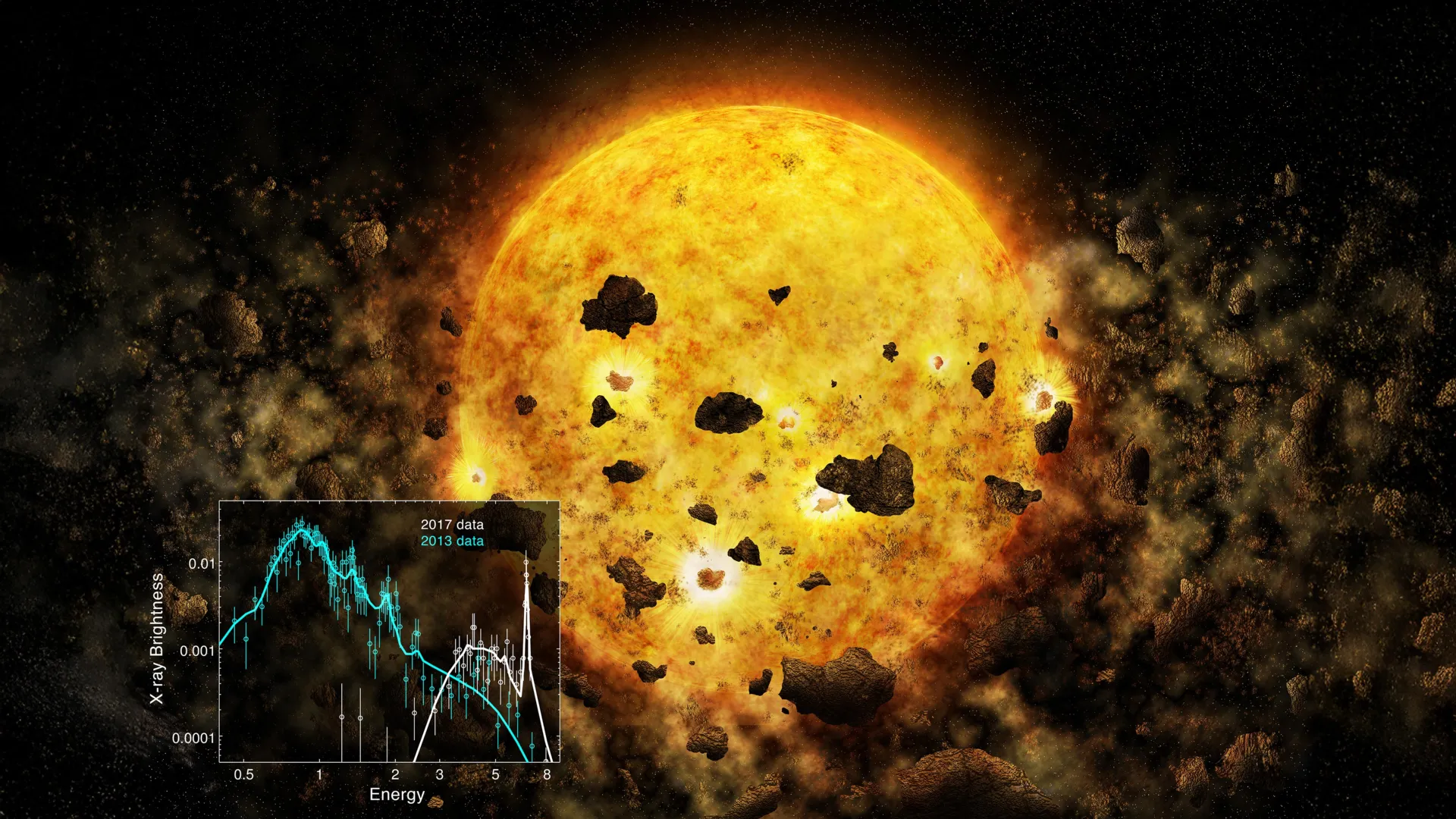Now Reading: Could Cosmic Rays Support Underground Life on Mars?
-
01
Could Cosmic Rays Support Underground Life on Mars?
Could Cosmic Rays Support Underground Life on Mars?

Speedy Summary
- A study by NYU Abu Dhabi reveals that cosmic rays might support life underground on celestial bodies in our solar system.
- Cosmic rays striking water or ice can produce electrons through radiolysis, which some bacteria use for energy.
- Researchers used computer simulations to explore this process on Mars and icy moons like enceladus (Saturn) and Europa (Jupiter).
- The study found Enceladus holds the highest potential for supporting life via radiolysis, followed by Mars and Europa.
- A new concept called the Radiolytic Habitable Zone broadens the scope of where life could exist, focusing on subsurface environments rather than traditional “Goldilocks Zones” involving surface liquid water.
- The findings suggest future space missions should investigate underground habitats exposed to cosmic rays for potential signs of life.
indian Opinion Analysis
This study shifts paradigms in astrobiology, emphasizing subsurface environments as viable habitats for microscopic life fueled by chemical processes like radiolysis.For India’s space program-already advancing through missions such as chandrayaan and upcoming explorations-the research opens possibilities for investigating moons like Europa or Enceladus in collaboration with global partners.By adopting tools to detect cosmic radiation-induced chemical activity underground,Indian scientists could contribute meaningfully to humanity’s growing interest in extraterrestrial ecosystems while leveraging existing expertise in planetary exploration technologies.
























